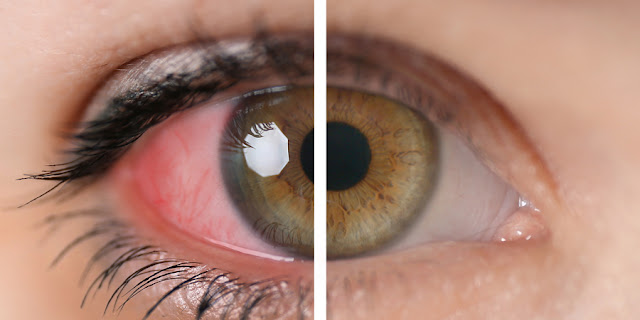The Global Uveitis Treatment Market Is Expected To Be Worth US$ 648.4 Million In 2020, Rising To US$ 1,036.0 Million By The End Of 2027
Uveitis is an inflammation of the uvea, the middle layer of the eye that includes the iris, ciliary body, and choroid. The condition is classified as anterior uveitis, intermediate uveitis, posterior uveitis, or diffuse uveitis based on where the inflammation occurs in the uvea.
The high prevalence of uveitis is expected to drive global Uveitis Treatment Market growth over the forecast period. According to the study 'Epidemiology of uveitis in urban Australia,' published in the journal Clinical and Experimental Ophthalmology in April 2019, the incidence of uveitis was 21.54 per 100 000 person?years. The condition had a period prevalence of 36.27 per 100 000 people. Furthermore, the high prevalence of autoimmune disorders is expected to contribute to market growth. According to a National MS Society study published in the journal Neurology in February 2019, nearly 1 million adults in the United States had multiple sclerosis in 2017.
Asia Pacific has a high prevalence of anterior Uveitis Treatment Market. According to the study 'Epidemiology of uveitis in urban Australia,' published in the journal Clinical and Experimental Ophthalmology in April 2019, the distribution of prevalent uveitis cases was anterior (75%), intermediate (6%), posterior (15%), and panuveitis (4%). Several clinical trials have been halted due to the discovery of Covid-19. For example, Galapagos, based in Belgium, announced in March 2020 that it is suspending enrollment in some clinical trials, including filgotinib Phase II and Phase III trials in Crohn's disease, psoriatic arthritis, and uveitis.
Limited studies on the efficacy comparison of treating agents are expected to Uveitis Treatment Market growth. Because there have been very few studies on the efficacy of the agents used to treat uveitis, there have been very few first-line drugs introduced for treatment. Patients with various forms of uveitis exhibit varying behaviour, with varying diagnoses and treatment success. Furthermore, the difficult manufacturing process is expected to limit market growth. Eye care products require a unique manufacturing process in order to be properly aligned with GMP regulations for sterile products. Because the formulations are susceptible to pathogens found in the environment, they are created in a highly protected environment.




Comments
Post a Comment